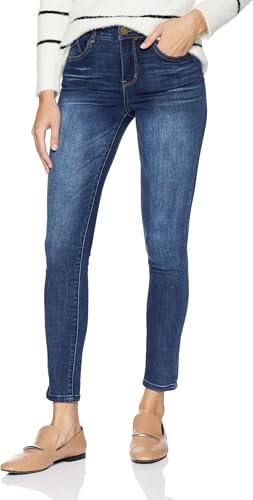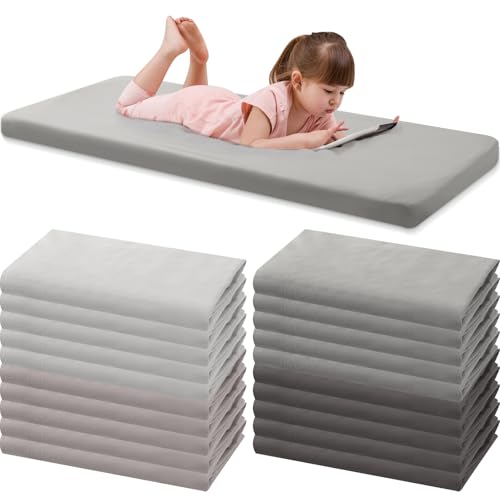
In the game of golf, a wedge is a type of club that is designed to help players make short and accurate shots. These clubs have a unique shape and design that sets them apart from other clubs in a golfer’s bag.
Wedges are typically characterized by a higher loft angle, which refers to the angle between the clubface and the ground. This increased loft allows the ball to be launched higher into the air, making it easier to clear obstacles and stop the ball quickly on the green.
One distinctive feature of a wedge is its clubhead design. Unlike other clubs, wedges have a wider and flatter clubface, which increases the amount of contact surface area with the ball. This design promotes more accurate shots and provides better control over the ball’s trajectory.
Another important element of a wedge is its sole design. The sole refers to the bottom part of the clubhead that interacts with the ground. Wedges typically have a wider and more rounded sole compared to other clubs, which helps prevent the club from digging too deeply into the turf. This characteristic allows players to make cleaner and more consistent shots from various lies and turf conditions.
Exploring the design and shape of a wedge in golf
A wedge is a type of golf club that is specifically designed for short shots near the green. It is an indispensable tool for golfers, as it allows them to control the trajectory and spin of the ball with utmost precision. The design and shape of a wedge play a critical role in achieving the desired outcome in golf. Let’s take a closer look at the key elements of wedge design.
1. Loft Angle
The loft angle of a wedge refers to the angle between the clubface and the vertical plane. Wedges typically have a higher loft angle compared to other clubs in a golfer’s bag. This high loft angle allows the ball to get airborne quickly and land softly on the green. Different types of wedges, such as pitching wedges, gap wedges, sand wedges, and lob wedges, have varying loft angles to cater to different shot requirements.
2. Sole Design
The sole of a wedge is the bottom part that makes contact with the ground. The sole design plays a crucial role in how the club interacts with the turf and sand, ultimately affecting the shot outcome. Wedges have various sole designs, including the classic blade design and more modern cavity-back designs. The design can feature different elements like bounce, sole grind, and sole width, all of which contribute to the club’s versatility and performance in different conditions.
To illustrate the different loft angles and sole designs of wedges, let’s take a look at the following table:
| Wedge Type | Loft Angle (Degrees) | Sole Design |
|---|---|---|
| Pitching Wedge | 45-48 | Blade design with moderate bounce |
| Gap Wedge | 50-54 | Cavity-back design with moderate bounce |
| Sand Wedge | 54-58 | Cavity-back design with significant bounce and wide sole |
| Lob Wedge | 58-64 | Cavity-back design with high bounce and narrow sole |
When choosing a wedge, golfers must consider their playing style, the course conditions, and the specific kind of shots they want to execute. Each wedge type offers unique advantages and versatility.
In conclusion, the design and shape of a wedge in golf are carefully crafted to optimize performance for short shots near the green. The loft angle and sole design are key elements that significantly influence the outcome of each shot. By understanding the different wedge options available, golfers can fine-tune their game and improve their performance around the green.
The functionality and purpose of a golf wedge
A golf wedge is a specialized golf club that is used for short approach shots on the golf course. It typically has a high loft, which allows the golfer to hit the ball up into the air and produce a high trajectory. The design of the wedge is focused on making it easier for the golfer to control the distance and trajectory of their shots.
The main purpose of a golf wedge is to provide the golfer with the ability to accurately control the distance and trajectory of their shots from close range. This is often required when the golfer is around the green or in a bunker, where precision and finesse are crucial. The high loft of the wedge creates a steeper angle of attack, which helps the golfer to stop the ball quickly after it lands on the green.
There are several types of wedges that are commonly used in golf, including the pitching wedge, gap wedge, sand wedge, and lob wedge. Each type of wedge has a different loft and bounce angle, which gives the golfer different options for specific situations on the course. The pitching wedge, for example, has the lowest loft and is often used for shots that require a longer carry distance. On the other hand, the sand wedge has a higher loft and is designed to help the golfer escape from bunkers.
In addition to their loft and bounce angles, golf wedges also have different grooves on the clubface, which help to generate spin on the ball. The grooves, typically in a V-shaped pattern, increase the friction between the clubface and the ball, allowing the golfer to put more spin on their shots. This spin helps the golfer to better control the distance and stopping power of their shots.
Overall, the functionality and purpose of a golf wedge are to provide the golfer with the necessary tools to make accurate and controlled shots from close range. Whether it’s a precise chip shot onto the green or a delicate flop shot over a bunker, the golf wedge is an essential club for any golfer’s arsenal.
The different types and variations of golf wedges
When it comes to golf wedges, there are several different types and variations that golfers can choose from, each designed for specific shots and situations. Here are some of the most common types of golf wedges:
| Wedge Type | Description |
|---|---|
| Pitching Wedge | A pitching wedge is the most common wedge used by golfers and is typically used for shots around 100 yards away from the green. It has a loft angle of around 46-50 degrees and is great for low trajectory shots. |
| Sand Wedge | A sand wedge is specifically designed for shots out of bunkers and is characterized by its higher loft angle, typically around 54-58 degrees. It has a wide sole and bounce to help prevent the clubhead from digging into the sand. |
| Lob Wedge | A lob wedge is used for high trajectory shots around the green. It has the highest loft angle among all the wedges, usually between 60-64 degrees. It is ideal for shots that require a soft landing and minimal roll. |
| Gap Wedge | A gap wedge, also known as an approach wedge or utility wedge, is designed to bridge the gap between the pitching wedge and the sand wedge. It typically has a loft angle of around 50-54 degrees. It is often used for approach shots from around 80-100 yards away. |
| Utility Wedge | A utility wedge, also known as a driving wedge or attack wedge, is a wedge that has a lower loft angle compared to other wedges. It is designed for longer shots and can be useful for tee shots on short par-3 holes or when playing on firmer turf. |
It’s important for golfers to understand the different types and variations of golf wedges in order to choose the right club for each shot. By having a variety of wedges in their golf bag, golfers can have more control over their shots and improve their overall game.






